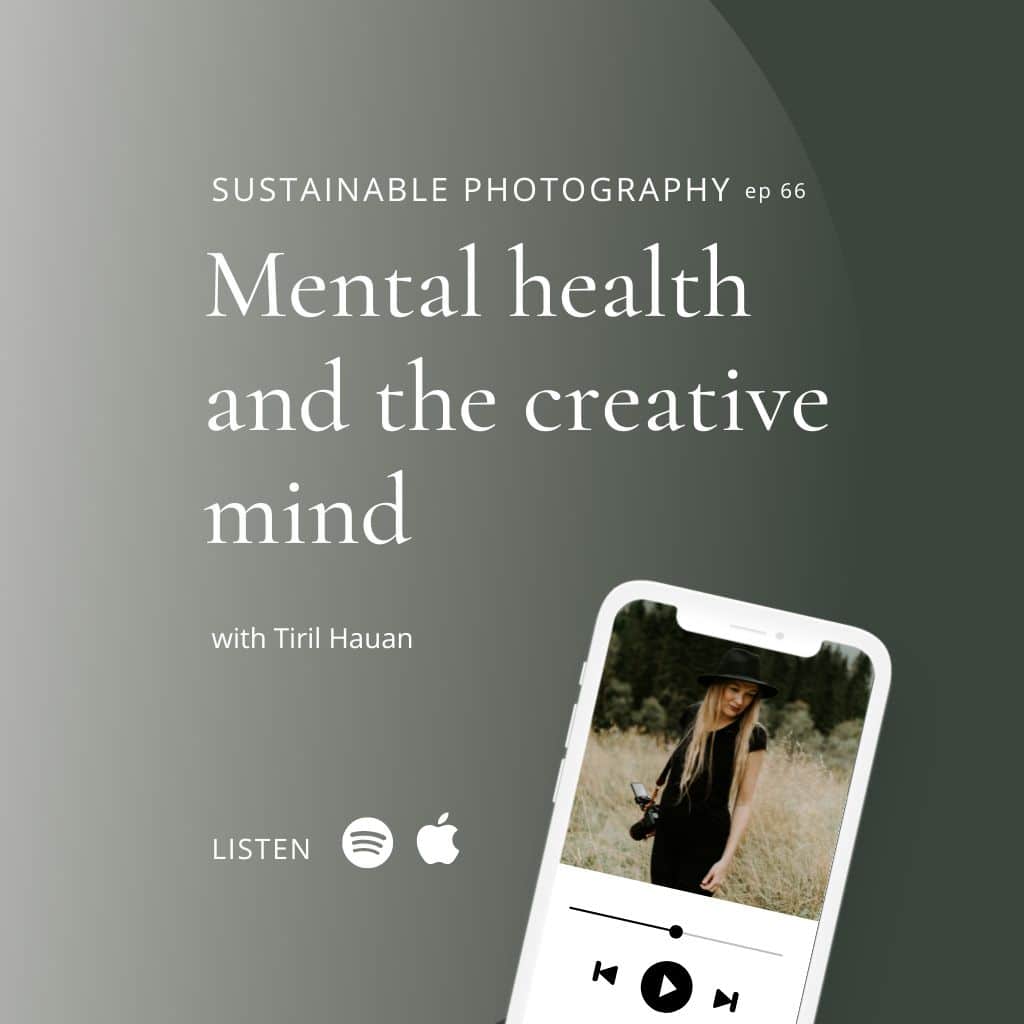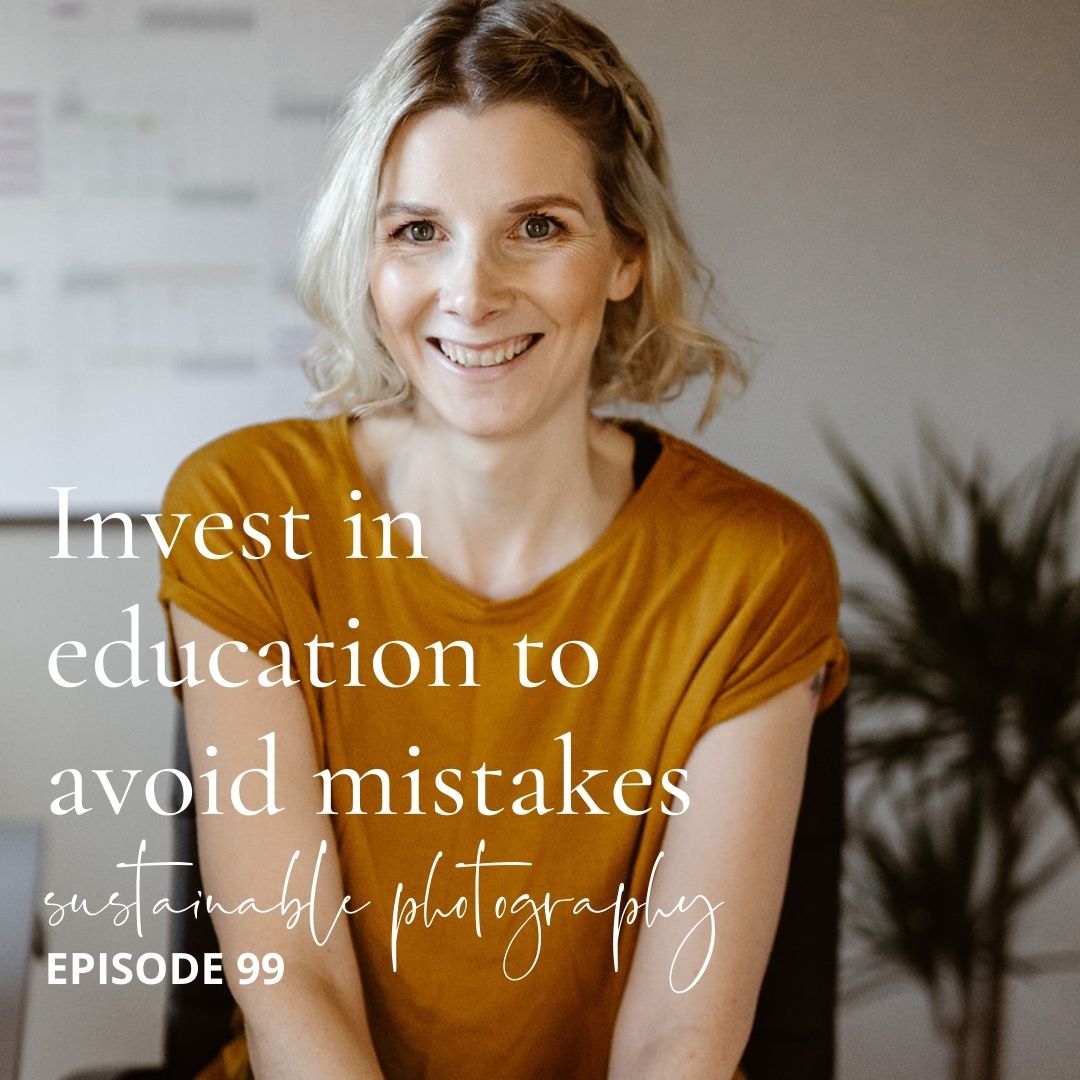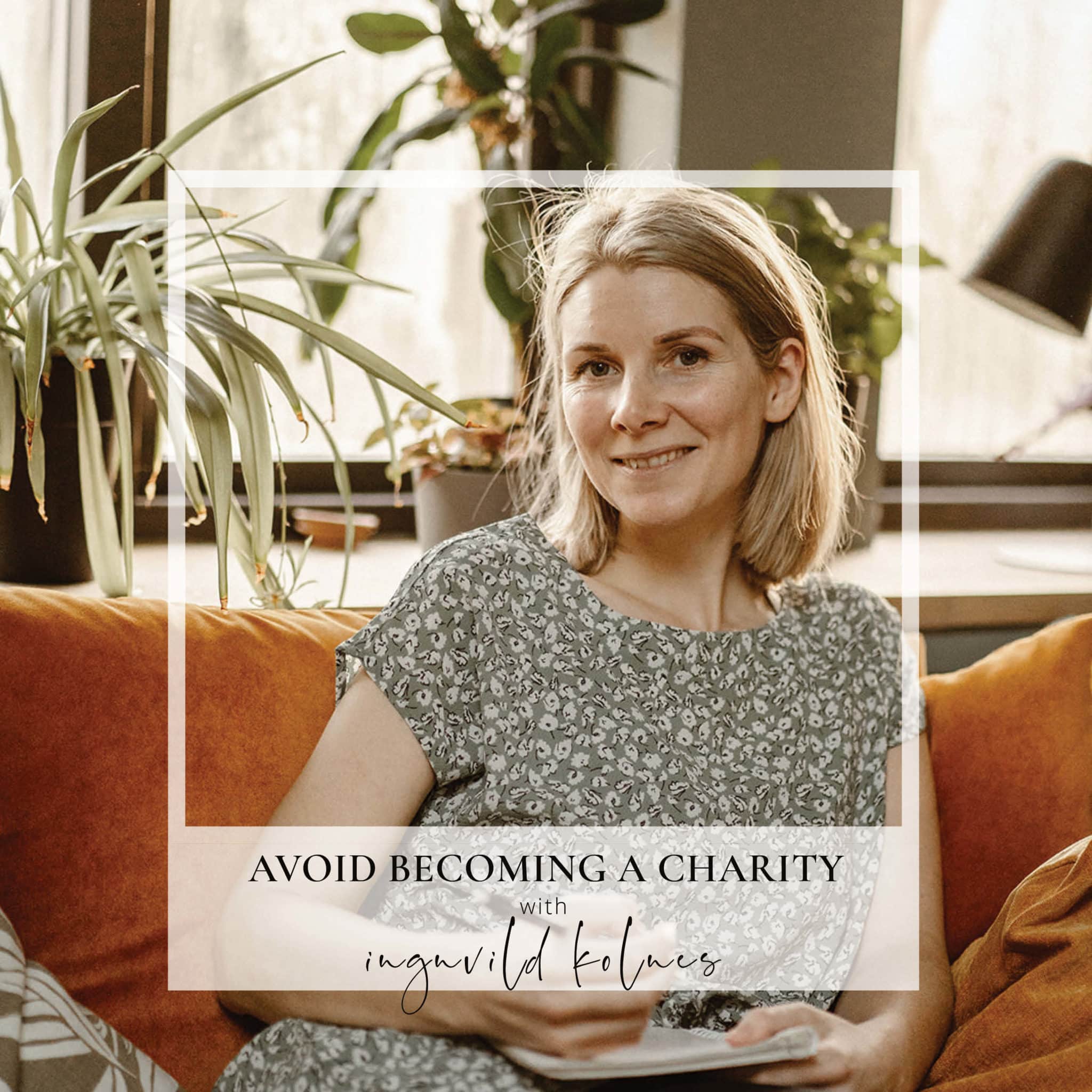Episode Transcript
[00:00:00] You're listening to Sustainable Photography. I'm your host, Ingrid Kolnes, and this is the second episode of my three part podcast series as part of Sustainable Photography, where we're talking about your website. In the first episode, I talked about why a website matters, why it should be a professional website that is reflecting your brand. And today I want to talk about how a great photography website doesn't just look good, it should speak directly to your dream clients and it should urge them to get in touch with you for your website to work for you. And by that I mean for your website to work in a way that gets people to get in touch with you and want to book you.
[00:00:43] You have to speak directly to the people that you want to work with. And I know that that is a topic that a lot of people want to skip because so many photographers feel like I could just work with anyone. I love all people. Everyone deserves to have a great photography experience. And while that's probably true, it doesn't mean that that is a good marketing strategy.
[00:01:09] If I told you this podcast is for everyone, I want to speak to everyone in this podcast, you would probably be like, okay, but what is it about? Why should I listen?
[00:01:25] So I want to make it clear that my podcast is for photographers.
[00:01:31] More specifically, it's for photographers who want to grow their business, who are ambitious and want to learn. And I could probably go on and on, but I bet you see my point. So when it comes to your website, that is where you want to start. You want to start by making it clear who you work for, who you are the photographer for. Because without that, you're just guessing and making stuff up along the way. And no one's really going to feel connected to you.
[00:02:09] So you want to use language and colors and fonts and layouts and everything that really resonates with your clients and what they want. And just because you're a wedding photographer doesn't mean that you need to talk about anything romantic and pastely and anything like that. Because people who get married, they're as different as anyone else. So you just have to be you and work with people that you have something in common with and who you enjoy. So getting to know those people is step number one, and step number two is to just be clear as to how you can help these people.
[00:02:55] And also, something that really gets me every time, almost every time I look at someone's website is that they're talking way too much about themselves.
[00:03:05] So stop talking by yourself. Talk about your clients and show why you're the right choice for. For those clients, not for everyone, but for the people that you want to work with.
[00:03:18] I kind of feel like that's something that I talk about so often and no one really wants to hear it, but it just has to be said. The next up is some things that you need to have on your website for it to really work for you, to really start generating those leads, to really work for you, to get people to fill in your contact form and want to book you.
[00:03:42] One thing that every single one of your pages should have is a clear call to action. Meaning you want to make sure that you are guiding people towards the next step.
[00:03:56] And really before you get to that point of guiding them, before adding any calls to actions or buttons or links or anything, you want to make sure that you know what they should do, where do you want them to end up? And then you want to guide them to that step. So what do they need to see before they're ready to book you? Maybe you want to start by showing some more images. Show them to your portfolio, ask them to book. Ask them to get in touch or to book a call or download a freebie or get to know you better. You might want to have different calls to action on different pages. On maybe some of your pages have multiple calls to action. Some of them should definitely be more important than others. Your Book now or contact button. That should be a very clear button. You don't want to hide it. You want to make it very contrasty and clear. You also want to make sure that your navigation is easy, that you haven't added too many things to your menu bar. You want to keep it simple, avoid adding too much to it. I would say five, absolutely maximum six different items.
[00:05:11] And make sure that you use words that make sense.
[00:05:16] Make sure that you talk about contact and book and photography rather than maybe unclear words like investment and experience. Like, just make sure that you. You choose words that make sense in terms of your branding and your clients, because that's really all that matters.
[00:05:41] You also want to make sure that you have a portfolio. You don't necessarily need a specific portfolio page if you don't want to have one, but you need to have a section with images that speaks to your ideal clients, where you highlight the type of work that you want to book more of. And I would also say less is more. If you add a hundred pictures to your portfolio page, no one's going to get to the bottom of it. It's going to be way too slow and heavy. So instead of just adding everything make sure that the images you select are images that you would be. If that was the only image that they saw, you would be happy. That would be fine.
[00:06:27] And I would also say adding calls to action and all that stuff is also important on your portfolio page. Don't just have an empty page with a bunch of photos. That's not going to help you. You want to make sure that your portfolio page is part of the journey. All your pages should also have some social proof.
[00:06:47] By that I mean testimonials featured in badges, that kind of stuff. It builds trust and it helps other people see what they can expect from you. Having a great professional website will help you to communicate the value of your services.
[00:07:05] If you have a bunch of different fonts, inconsistent colors, messy cluttered layouts, and a lot of different kinds of buttons, it's going to give off a huge DIY vibe. And that is not making it likely that someone wants to pay you a lot of money. And if that is you today where you've made your own website, and yeah, it's not perfect, but it's good enough and you're getting clients, imagine what kind of clients you could get with a better website. Just saying. And I also want to add, if you are great at web design, then it's a different story. You could maybe create your own website and it would be fine. But even so, I would say, isn't your time better spent being out there making money rather than working in your own business?
[00:07:59] And also there's something to be said for having that, having someone else's point of view.
[00:08:07] I have made my own websites and I've had someone else make a website for me. I've paid a website designer a very low rate many years ago and it took a year before it was finished. Imagine how much money I could have made in a year if I had a decent website and I paid a website designer a lot of money and had a website ready a lot quicker. And it was a lot better too, by the way.
[00:08:35] So just ask yourself, what kind of business do you want to have?
[00:08:39] Who do you want to be in your business? What kind of a role do you want to take? There's no right or wrong here, but just asking you to ask yourself what it is you want.
[00:08:49] Okay, moving on.
[00:08:52] More than half of the traffic web traffic today is mobile, meaning you have to make sure that your website looks and works great on a phone as well.
[00:09:04] If not, you're going to miss out so much.
[00:09:07] You want to make sure that your images are compressed or sized for A web.
[00:09:14] No one's going to hang around and wait on a slow site. And even if they do, it's not going to give a very professional vibe, which is what you want. You want your website to reflect the professional service that you do. Okay, so let's do a checklist like we did last time.
[00:09:34] Make sure that, number one, is your website visually aligned with your dream client? Will they come to your website and see? Yes.
[00:09:47] I love this. This photographer is really speaking to me. Or are you generic because you're too scared to alienate someone?
[00:09:57] Two, do you have clear calls to action, meaning buttons, links on every single page of what the website visitor should do next?
[00:10:10] And three, is your website mobile optimized? Does it look professional?
[00:10:18] And I also want to add in a for, do you have more than three different kinds of fonts? If you want, you can come over to Instagram, you'll find Melkolnes, that's in Kolnes, and send me a DM if you want me to check out your website and give you some pointers.
[00:10:40] I've yet to see a website where there wasn't something to be done. And don't get me wrong, if someone were to look at my website, they're bound to find things on there as well.
[00:10:52] And there are several reasons for that. One, everyone could use a second opinion or a different perspective. And two, we all have different opinions, we all see different things and like different things. So this is not me trying to say that I'm better than you in any way. Just so that's clear. If you don't want to make your own website, if you want to source that out and just be a photographer like you're meant to be, instead of spending hours in the evenings fighting against your website. I also offer web design, so let me know if you want some help with that in the next website. Episode number 3 out of 3 for this little series inside of sustainable photography. Going to talk about some common mistakes that I see photographers make on their websites and how you can avoid them. So I'll talk to you then.


